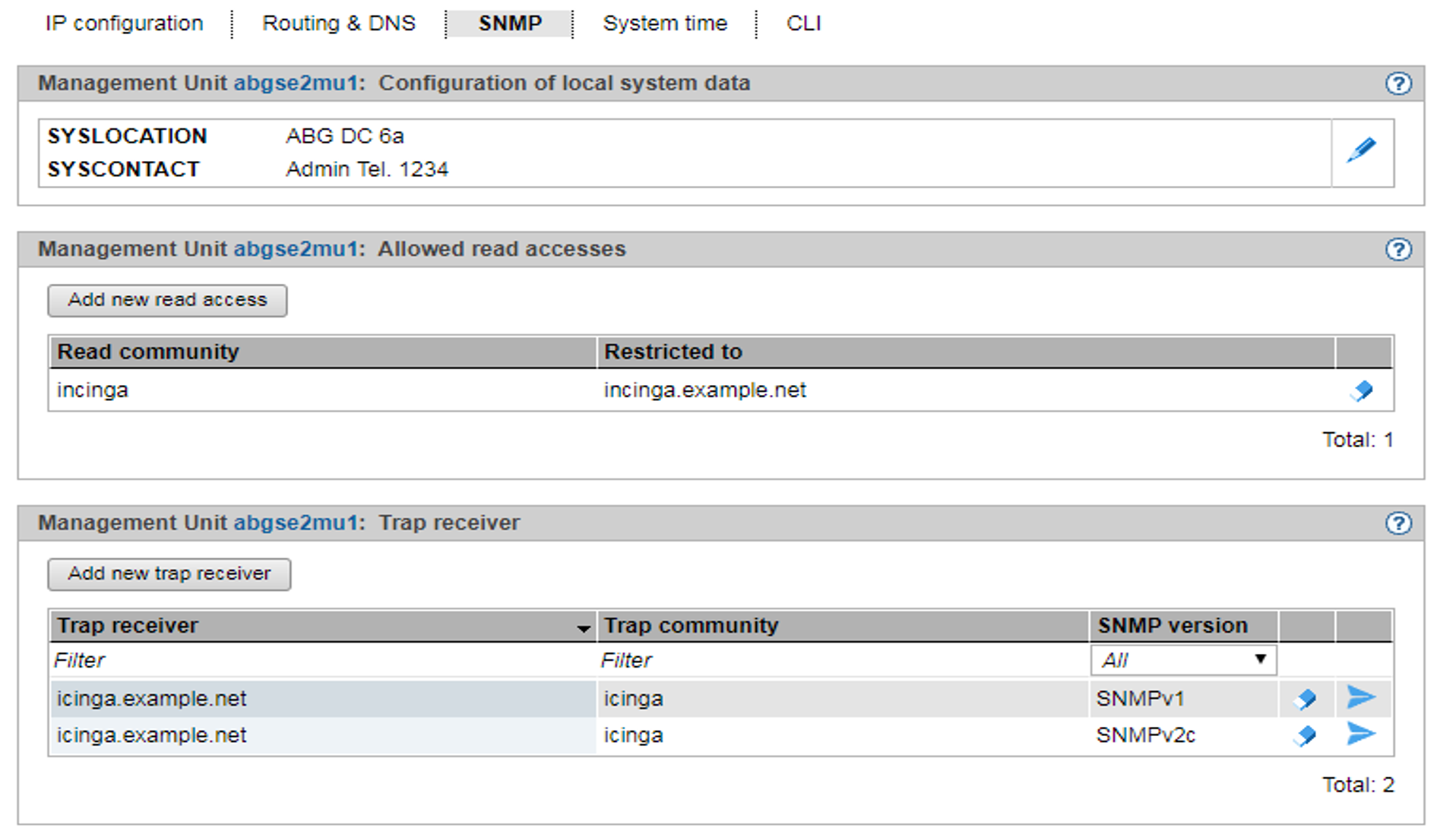


You can see the associated OIDs and even raw data. The output log file includes the description in a pipe | delimited file, so very easy to parse with splunk. Even if the app isn't used for ingesting into Splunk, it's a great way to see OIDs. Time will tell if this is an effective solution. Haven't worked with the data in Splunk yet. It's free, and considering how long I spent troubleshooting totally worth sending a donation to the developer. And so far haven't had to install any custom MIBs, which were giving me lots of trouble trying to implement in the other options. Found a simple SNMP trap receiver for windows that writes traps to a file for Splunk.Īfter many hours spent with SNMP modular input and Net-SNMP with little to no success, found this app.


 0 kommentar(er)
0 kommentar(er)
